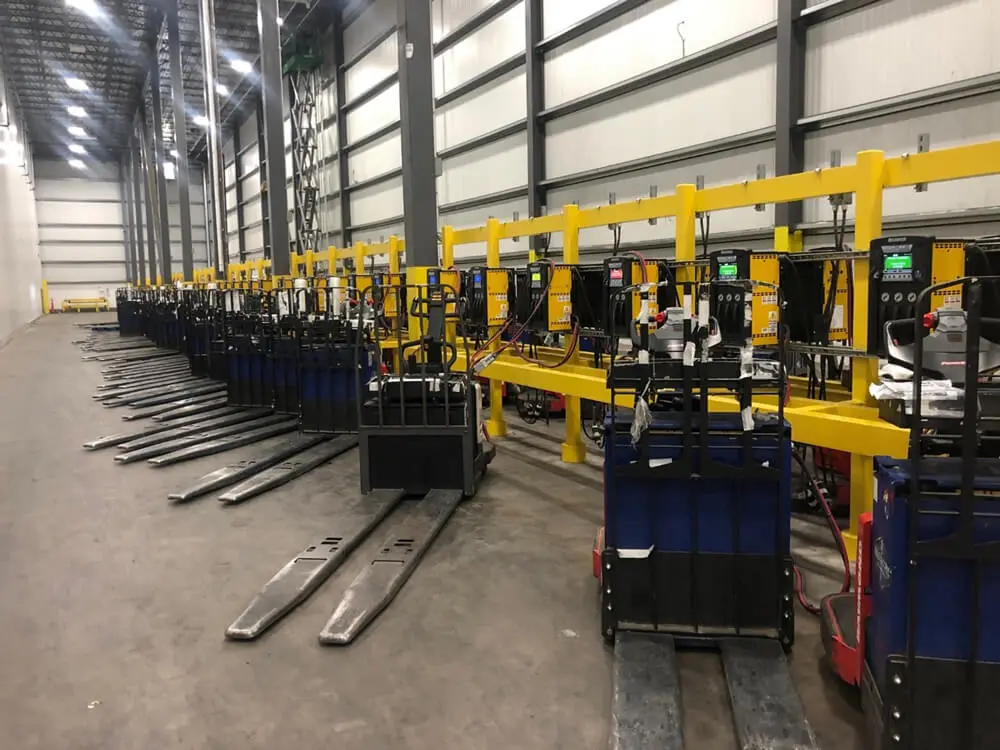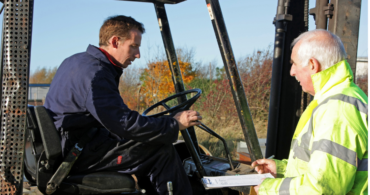Motive battery and charger technology has come a long way in recent years. So much so, that more motive fleet operators have switched to single battery to lift ratios or even gone more extreme by reducing the number of lifts for the operation. From a basic cost perspective, the single battery to lift ratio is optimal because you eliminate the need for an additional battery or equipment purchase. It’s also a safer option for forklift drivers, who don’t need to wrangle the 1,000-4,000 lb. batteries that need to be swapped in and out.
One big fear remains: What happens if and when something goes wrong?
Or, for that matter, what happens if a fleet of batteries fails in a single lift to battery application? Best case scenario, the corrective action could be minor but the timing may not be. Think about what would occur if the operator forgot to charge the battery. Operations would essentially shut down until batteries could be recharged, repaired or replaced.
Plus, motive battery failures always seem to happen at the worst time possible, right? Like the day you plan to do inventory, where you arrange for people to come in from all over to help out … and your forklift goes down. What a waste of resources, time and money!
Fret not. Motive battery failure and forklift repair can be avoided if you plan ahead and take advantage of the battery and charger technology that is readily available today.
How to avoid equipment failures in single battery to lift ratio applications
The truth is, if you change to a single battery to lift operation, you need to change how your operation runs. The first step is to train your team to follow new minimum 24-hour AND 7-day requirements for battery maintenance, including fundamental changes to charging and watering practices. Following preventive maintenance will be more critical as well, as it becomes less of a recommendation and more of a requirement to ensure proper performance.
If your operation and team don’t adapt, battery life will decline and cost of ownership will increase.
Beyond training, it’s essential to invest in a battery monitoring system. Forklift Batteries may be resilient in the short-term – meaning you probably won’t notice the impact of improper charging and maintenance right away. However, the cumulative effect of improper battery care will eventually rear its ugly horns.
Performance issues may occur as early as a year in but they typically become a factor in the third and fourth years of ownership. That’s when we start seeing daily occurrences of failures, where batteries fail to the point that they are beyond repair.
By protecting your investment, the battery monitoring system plays the hero role here. It lets you know when lapses in charging protocol, watering and other maintenance tasks have occurred, allowing you to get ahead of issues before they impact your bottom line.
Get details on our battery monitoring products and accessories here.
Stop treating symptoms of motive battery failure – Get to the WHY
If you keep treating the symptoms of, “My battery isn’t lasting,” but don’t figure out WHY it’s not lasting, you’ll continue to have the same problems on every battery you own.
At Texas Motive Solutions, we don’t believe in simply treating symptoms. Instead, we pride ourselves on providing customers with customized solutions and corrective actions that empower them to modify their operations so equipment failures and the need for forklift battery repair are drastically reduced or eliminated in the future.
To find out how OUR team can help YOUR team improve efficiencies, while optimizing battery life, contact Texas Motive Solutions today. We’re here to help! Our team can answer questions about battery options, battery monitoring equipment, refurbished batteries and more. Give us a call today.


